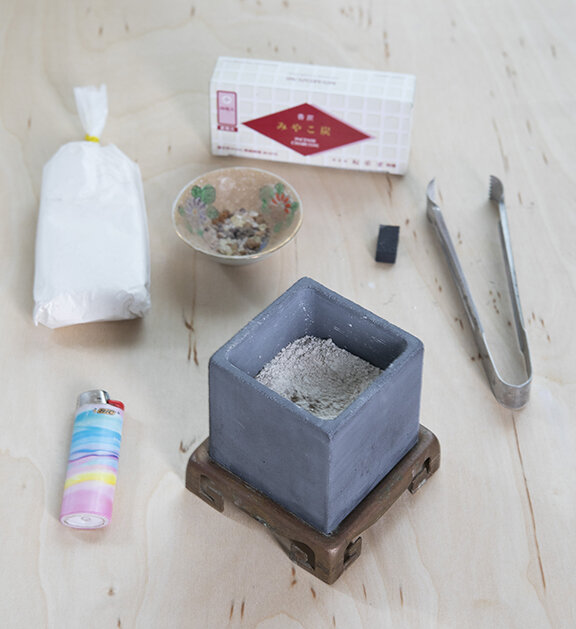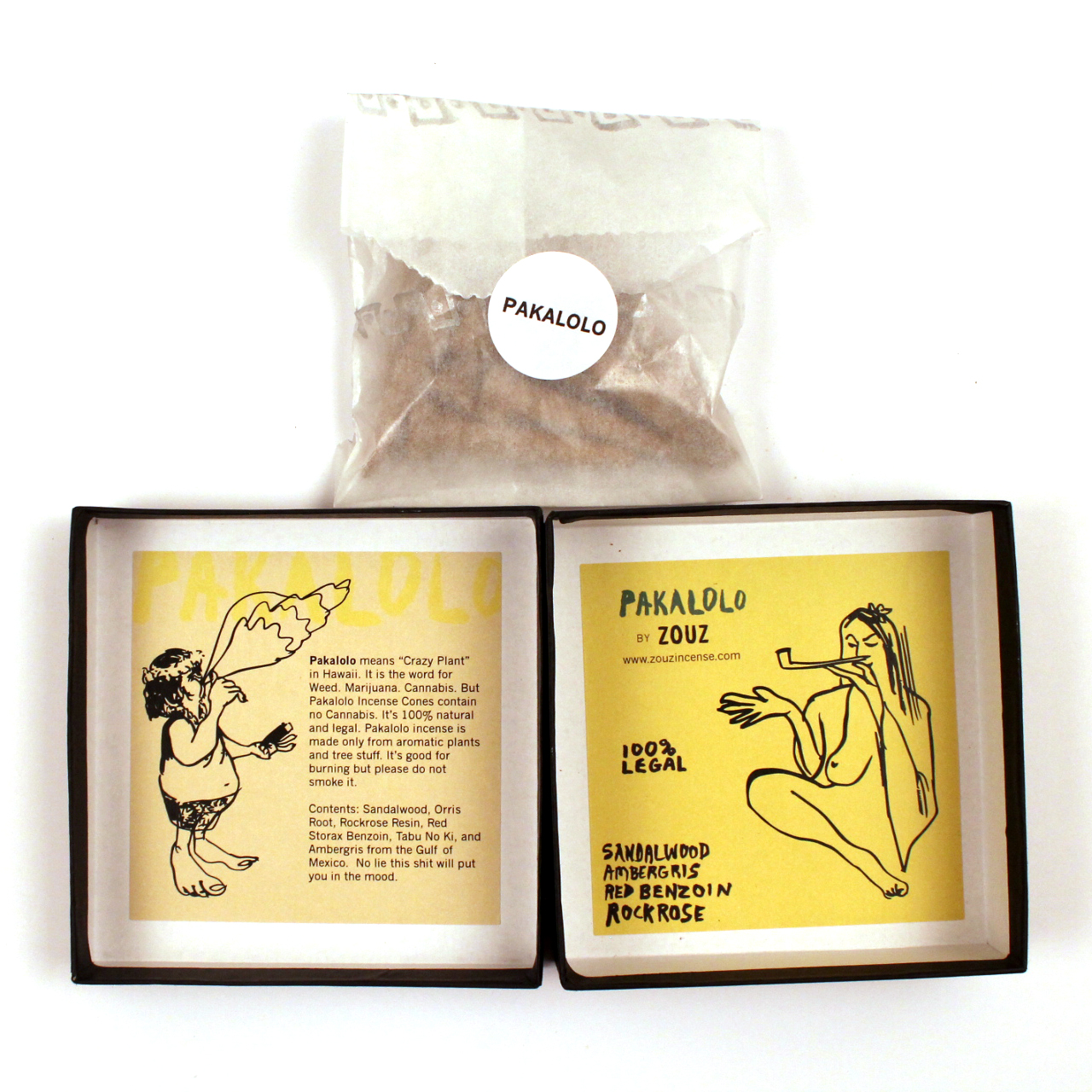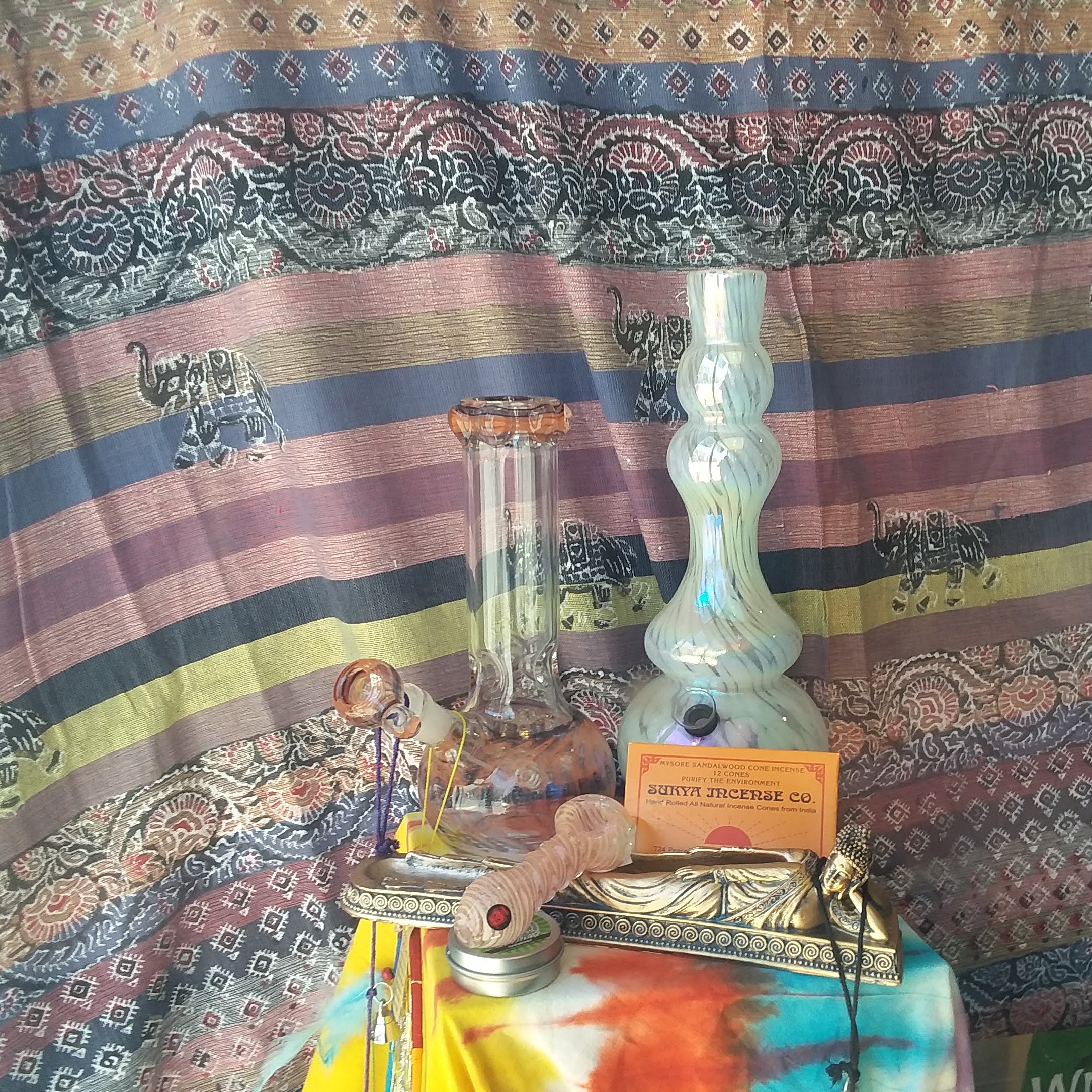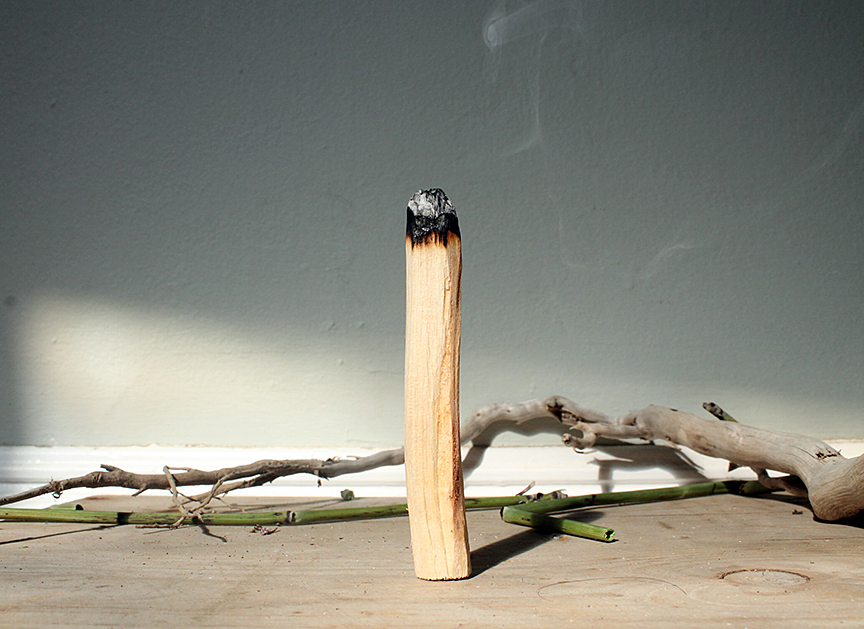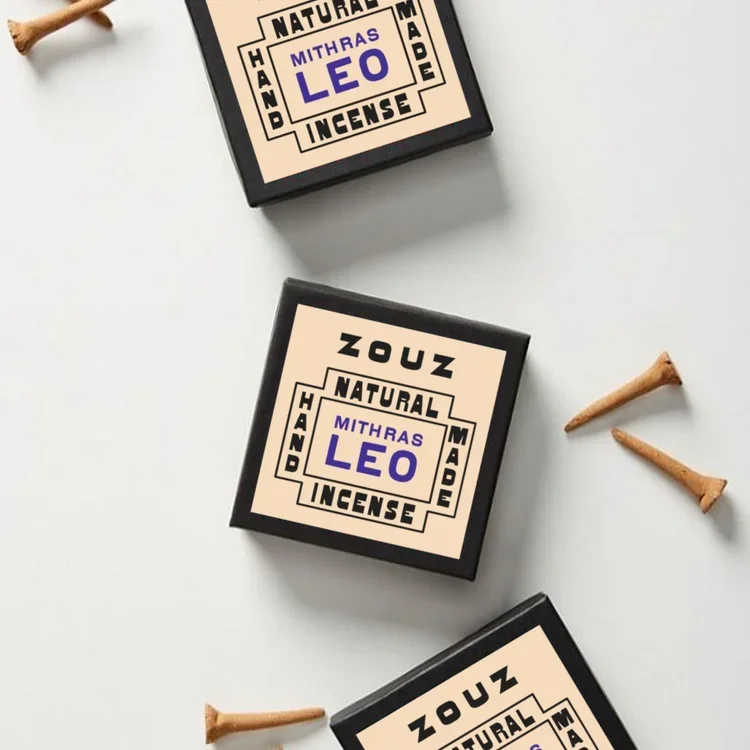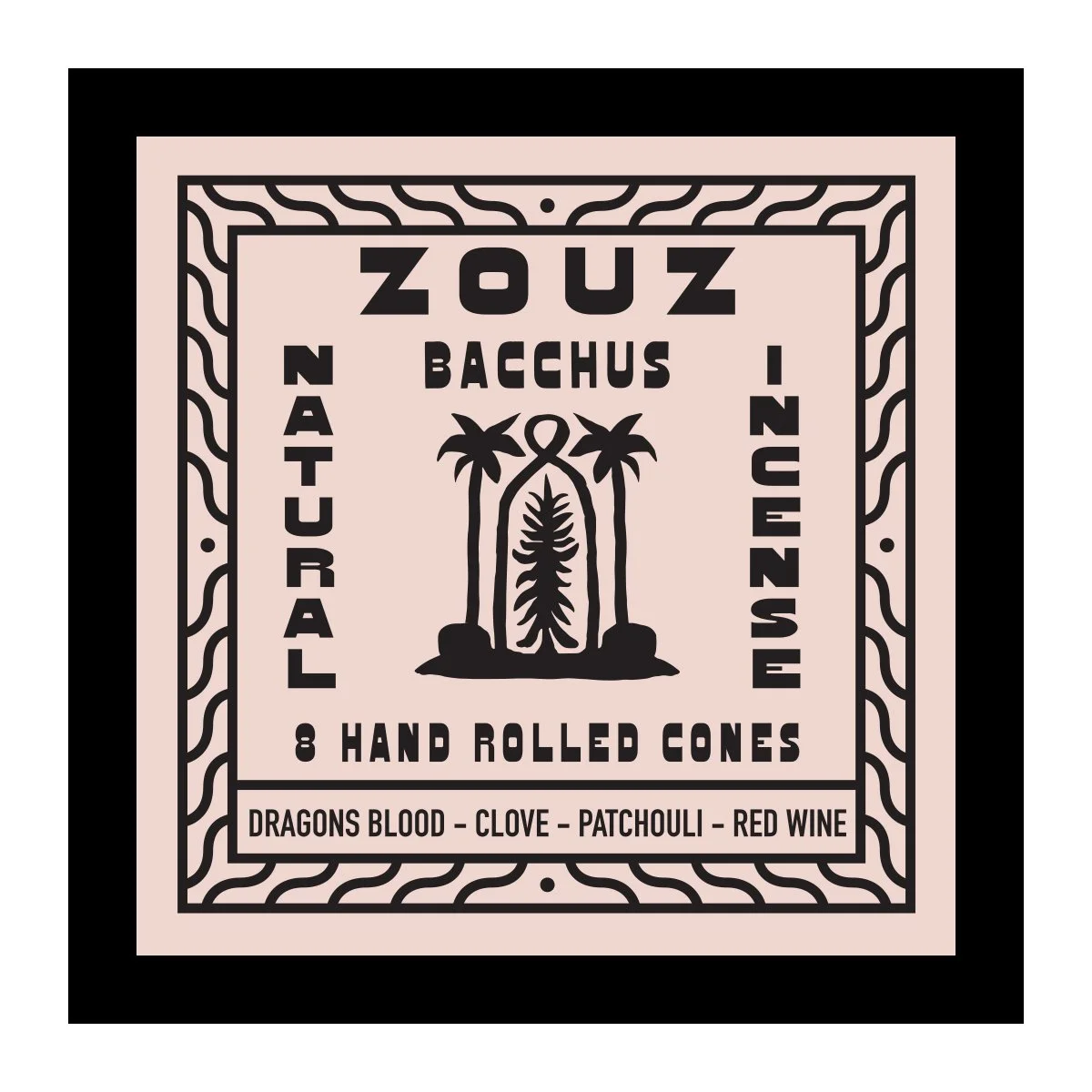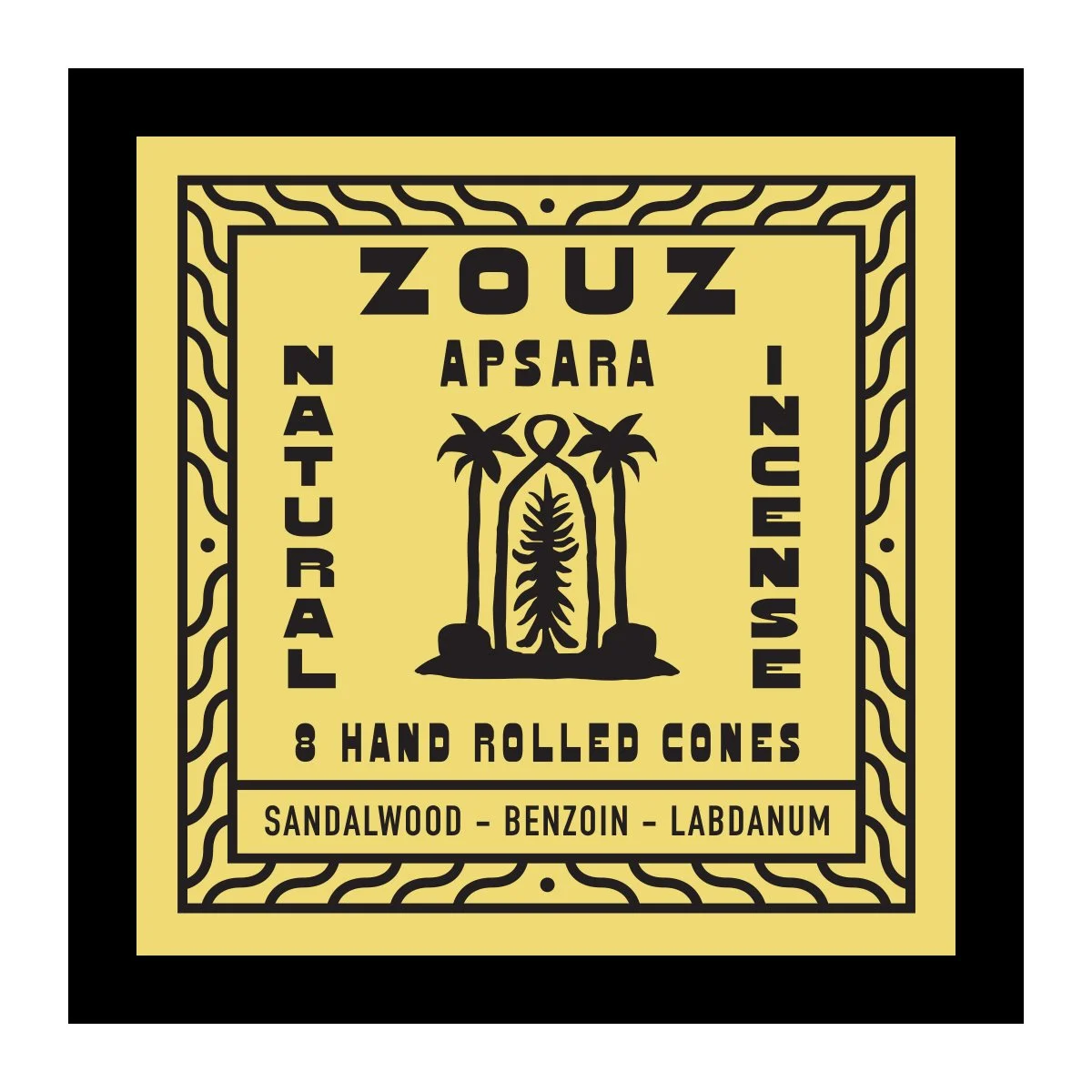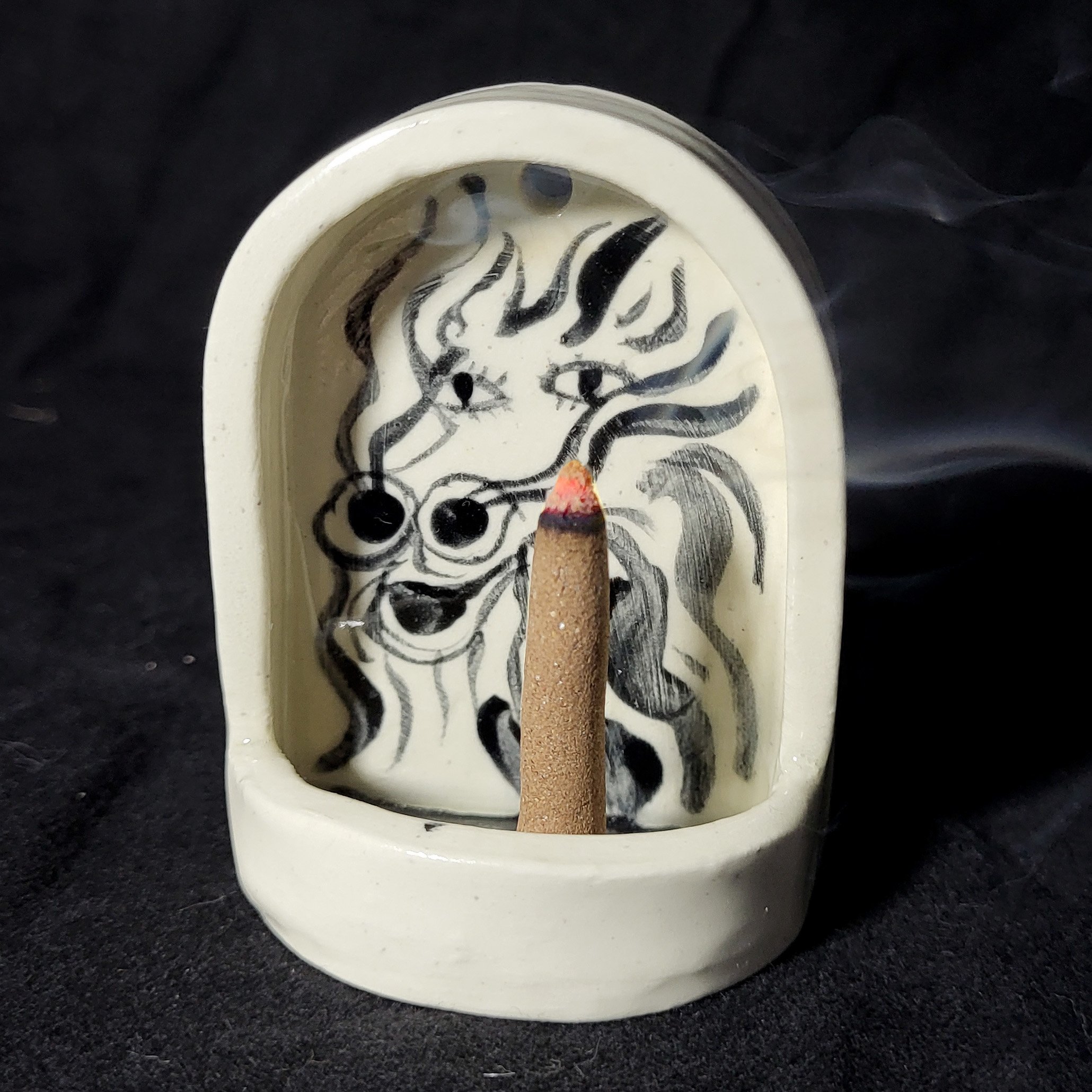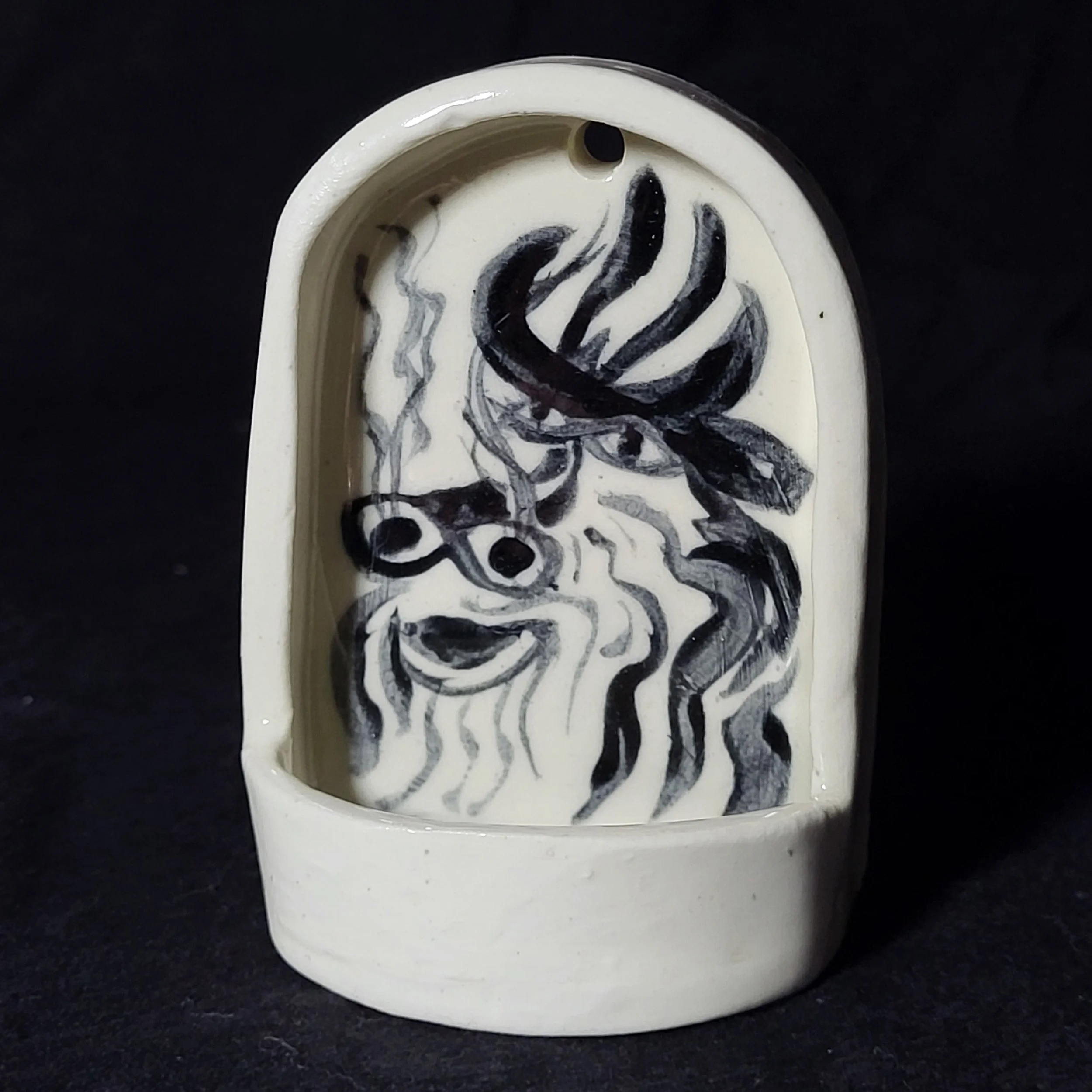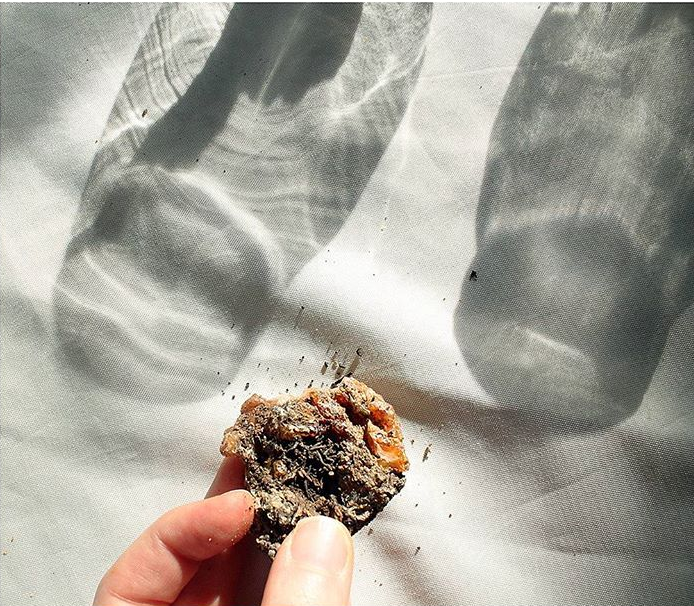The incense censer is the preferred incense burning system throughout the world. It can be used with all different types of incense - sticks, cones, or loose aromatics with charcoal. Maintenance is a breeze. It is also the safest way to burn incense.
CHOOSING A CENSER: To the incense user who is just starting out, the most basic upgrade is to get a larger vessel, 3" minimum diameter and 2” inches deep, and fill it with ash. The Censer can be made from anything that isn’t flammable- Ceramic, Concrete, Glass or Metal are all good choices. You can find many interesting new and antique censers online if you start looking for them.
USE ASH ! What you decide to fill the censer with is important. Some people will use sand or salt. I prefer to use Japanese rice ash or “white ash”. Taking a cue from Japanese incense rituals in any form is an upgrade to your incense experience because, hey, they have been doing this for centuries. Any ash (even that from a campfire) is better than salt or sand. This is because finely sifted ash allows oxygen to flow around the incense or charcoal freely, allowing it to burn. If you are burning incense cones on a plate or other non-combustible surface, often they won’t burn completely. This is because oxygen can’t flow to the bottom of the cone. With a censer and ash, incense cones burn completely. Hack: An affordable substitute for rice ash that is available almost anywhere is diatomaceous earth, available at most gardening stores.
CENSERS ARE SAFE ! One of the best features of using a censer is the low risk of starting a fire. Censers keep the fire contained and neatly catch all of the messy ash. This is especially true when burning non-combustible incense and charcoal.No matter what, you want to use common sense when burning things inside your home. If you are using sticks, you can use a variety of incense holders to burn your incense in a vertical position and the censer will catch all of the ash. Incense Cones and joss sticks burn all the way through in a censer, leaving only ash.
Process for using charcoal and non-combustible incense: One of the most amazing things you can do with a censer is burn non-combustible aromatics on charcoal. This gives you the purest, most primary experience of natural aromatic materials such as tree resins, spices, and whole plant materials. You can buy exotic aromatics online or just collect them yourself from local smelly plants and trees. It’s my opinion that both of these options are worth investigating if you are interested.
